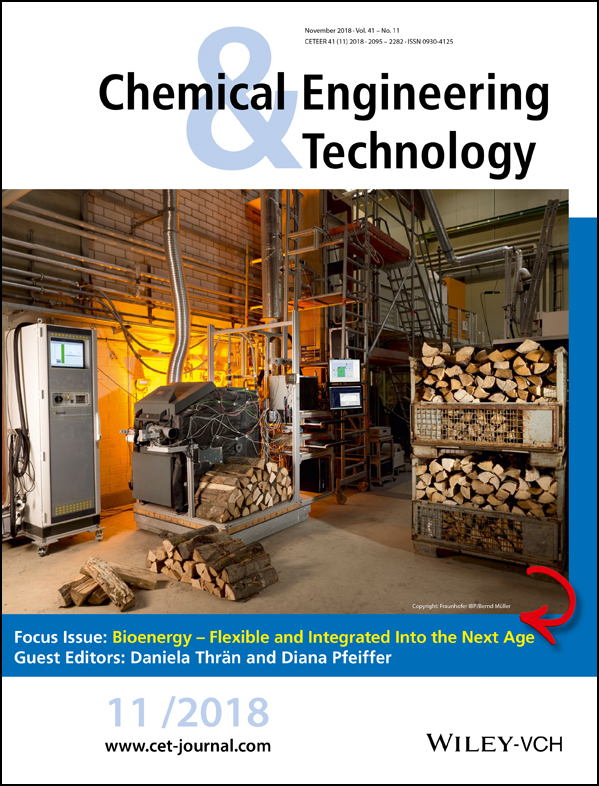Partially Upgraded Biogas: Potential for Decentralized Utilization in Agricultural Machinery
Abstract
The necessity for alternative utilization options for biogas plants and low-emission power concepts for the agricultural sector underlines the high potential of decentralized utilization of partially upgraded biogas as vehicle fuel for agricultural machinery. In contrast to conventional biogas upgrading to natural gas quality for injection into the natural gas grid, the approach allows a reduced CO2 separation up to the operation limits of dual-fuel combustion engines. To determine these limits, experimental investigations into the combustion process with low calorific CO2-rich fuel gas, regarding engine performance, process efficiency, and emission behavior, have to be performed. The resulting lower purity requirements enable a cost-efficient upgrading system on a small scale. To identify the savings potential, model-based optimization of the water scrubbing process is performed.




